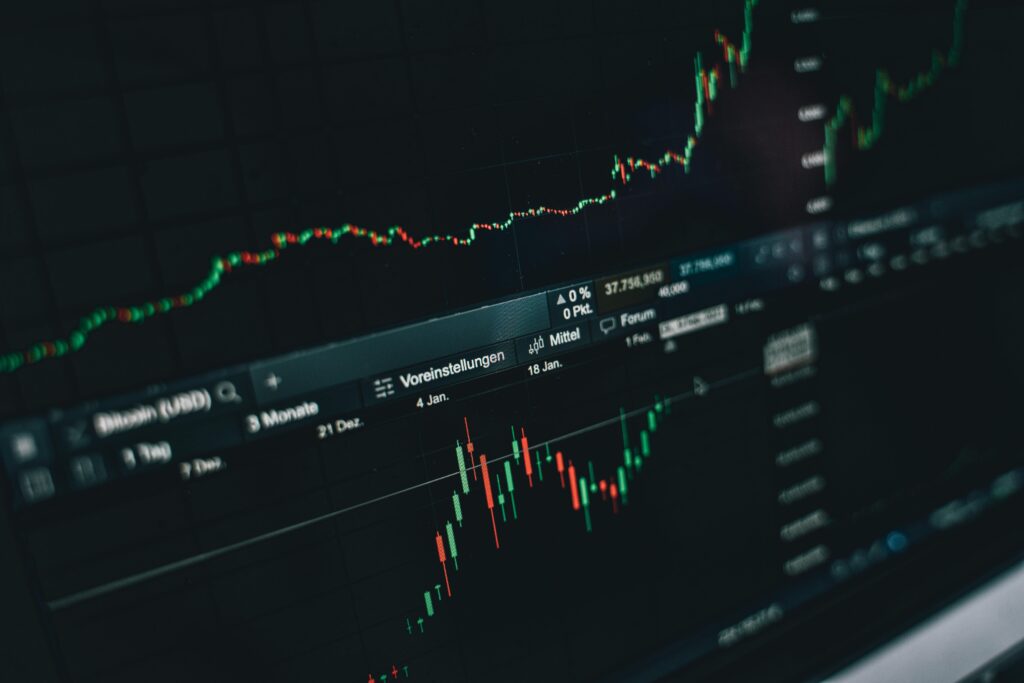Central bank policies continue to influence global markets as the dollar gained momentum in today’s European session. Despite broader markets reacting cautiously to ongoing Iran-Israel tensions, the dollar’s strength remains notable. Currently, oil prices are stable around $73.90, after experiencing a brief surge to $77 at the session’s open.
Focus on Central Bank Policies
In currency markets, EUR/USD dropped by 0.5% to 1.1465, and USD/JPY increased by 1.2% to 147.83. This shift in the USD/JPY pair is partially driven by oil market dynamics related to Japan’s economy, as detailed here. The dollar’s broad-based gains also pulled down AUD/USD by 1% to 0.6381 as traders adjust positions.
The geopolitical situation may have impacted traders’ decisions to reduce short positions in the dollar, contributing to today’s movements. With central bank policies playing a crucial role, technical analysis remains a trader’s ally in navigating these changes.
For AUD/USD, the currency pair’s inability to surpass the 0.6500 level suggests a lack of upside momentum. Traders are now eyeing the 100-day moving average support at 0.6360 as a critical level. A breakdown below this point could signal a bearish turn.
While geopolitical tensions tend to cause temporary market volatility, traders will soon shift focus back to enduring factors, such as ongoing trade negotiations. With 16 days remaining until the July 9 deadline for trade deals, extensions seem likely yet details remain elusive, offering little immediate impact.
Attention will ultimately return to factors such as US policy consistency, tariff negotiations, and central bank policies. These elements will likely steer the dollar’s trajectory once again, altering the gains observed in today’s session.
At Bakara Invest, our analysis suggests that understanding central bank policies is crucial as they are pivotal in dictating currency movements. Maintaining awareness of geopolitical events and trade negotiations is important, but central bank actions hold significant weight in the long term.
For more Forex market insights, visit our Forex News Section.
